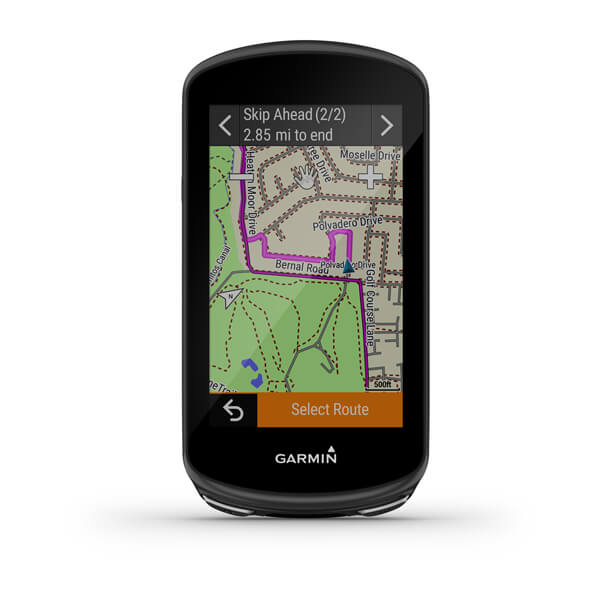
Coach’s corner: how to improve your cycling threshold and benefit from improving your FTP
Want to train smarter and improve your cycling threshold? This month, our resident coach, Matt Rowe, explains the benefits of functional threshold power and how to can train efficiently and effectively to improve your performance.
The acronym ‘FTP’ (Functional Threshold Power) is well versed, and intrinsic to cycling training and the way many of us think and communicate about cycling performance. Before I continue, it’s worth making a key point that your FTP does not directly translate to cycling performance across all cycling disciplines. There are many other metrics / durations over which a higher power output would also benefit you (and will even benefit you more!).
What is FTP?
Functional threshold Power (FTP) is commonly referred to as your lactate threshold or sustainable power – an estimate of the power which you can hold for around 60 minutes before your aerobic energy system becomes overburdened.
Improving your FTP means you can ride more efficiently, further and faster.
Knowing your FTP is the most common way to decipher your training zones – it’s a handy tool to help you train smartly. For more information on training zones, see my previous article on training zones here.
This article is going to explain why a higher FTP is beneficial, and critically, how you can train smartly to nudge your threshold up!
Why bigger is better?
Ride faster for same physiological cost
Let’s say through training, you achieve a sizeable yet achievable FTP increase from 200W to 250W, and everything else (most notably, your weight) remains constant. On the basis you can ride at your FTP for around 60 minutes, then you have gone from being able to produce 200W for an hour, to being able to produce 250W for an hour – i.e. you have become ‘50W faster’ – that’s more power to propel you forward for the same physiological cost / effort.
Ride for longer at given power / speed
Taking the same hypothetical rider who has achieved a 50W increase in their FTP – you now only need to ride at 80% of your 250W FTP to travel at the same speed that you could previously only manage for an hour.
Instead of riding at threshold when producing 200W (Zone 4), with your improved FTP, you only need to ride at 80% of your threshold to produce 200W, which is a Zone 3 effort and can be sustained for at least twice as long – 2 hours or more!
Ride faster and longer
Or of course, you benefit from being able to produce more power for a longer period of time – the best of both worlds?
If you produce a few max efforts across a variety of durations, i.e. 10 seconds, 1 minute, 5 minutes, 12 minutes, 20 minutes and an hour – you are able to fairly accurately predict the max power you could produce for any specific time, by plotting your power duration curve. More on that another time.
What type of session can help improve your FTP?
For most people, simply being more consistent with your training will lead to results, and training doesn’t have to be limited to riding in Zone 4 (at or around your FTP). Here are three types of sessions that can nudge your FTP up;
Time in the saddle – Zone 2
Riding at a relatively low intensity means you can string back to back days of ‘endurance training’ together. Endurance training doesn’t necessarily mean 4 hours + in the saddle, it can mean a focused hour on your Tacx turbo trainer.
By training at a low intensity, you stimulate your Type I muscle fibres (slow twitch / endurance fibres) to become more efficient in their role of utilising fat as a fuel and critically preserving your carbohydrates, amongst other physiological adaptions.
Sweet Spot
A good old fashioned session of ‘keeping the chain tight’! In riding at around 90% of your FTP for long periods of time, i.e. 2 x 15 minute blocks in a session (you can build up towards 2 or even 3 x 30 minute blocks), you are once again stressing those slow twitch muscle fibres and improving your muscular endurance and aerobic capabilities. You can complete this workout on tired legs.
HIIT – Zone 5
Working at 105-110% of FTP for periods of time, i.e. multiple blocks of 3 minute efforts, or repeated 30 seconds on – 30 seconds off, all gives you a good amount of ‘work done’ above FTP.
In working above FTP, your body is forced to become more efficient at lactate shuttling. Lactate shuttling is, the process of taking lactate from your leg muscles to other organs, converting it in to pyruvate and metabolising it (aerobically) to produce energy (ATP). Note – lactate is your friend and a vital energy source!







